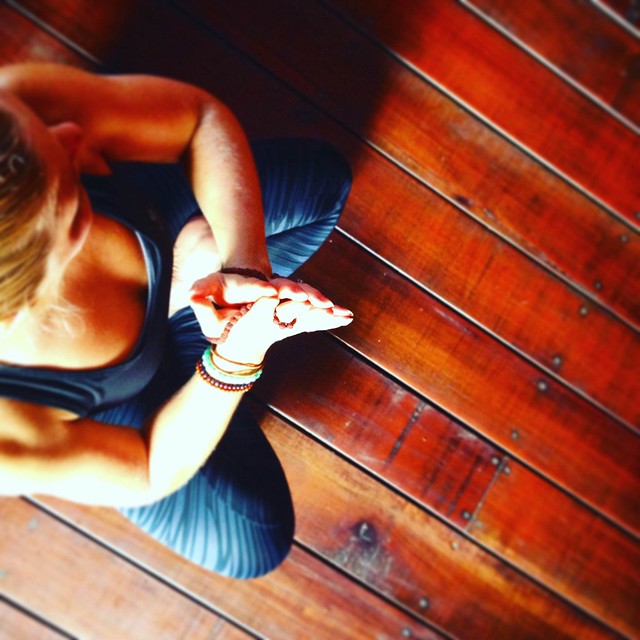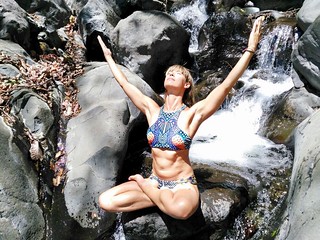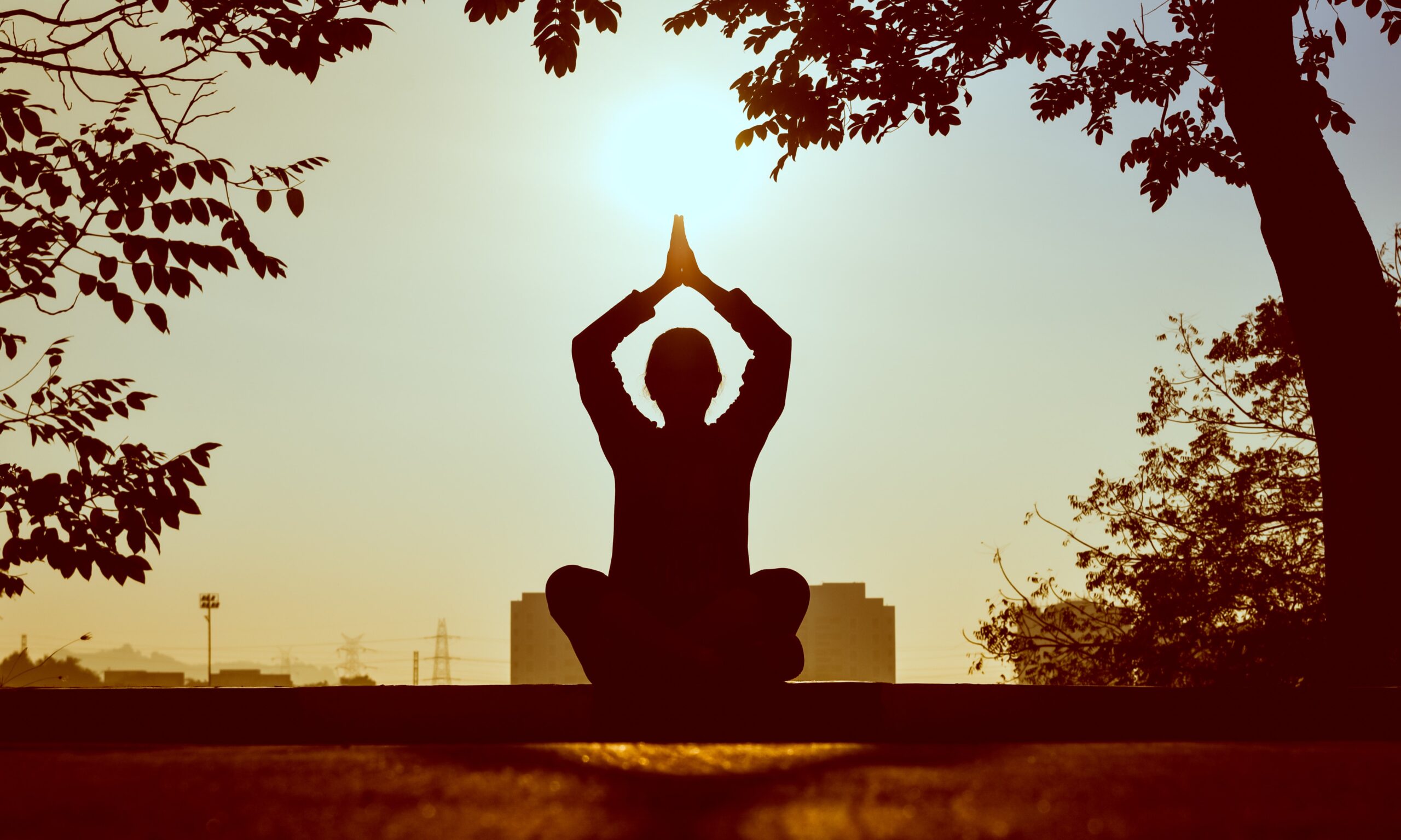Meditation is a key part of yoga retreats here at Blue Osa. Traditional meditation techniques are part of the yoga teacher training and classes to encourage the relationship with Ahamka (the Self).
The 4 Aspects of the Yogi Mind
Yoga Meditation vs Mindfulness
Like many, I began my journey away from city life through mindfulness. This practice emphasizes observing thoughts as a witness. The English word “mind” is often defined as “intellect” or “conscious awareness of the world and a person’s experiences in it”. For me, this focused on my intelligent mind too much: I was still in my head in mindfulness. As someone who strongly identifies with my physical manifestation, I sought something more sensory in my practice.
The yoga ‘mind’ is formed from the body, memory, and intelligence. The body contains more memory than the mind can recall, for example, the physical genetics you inherit in your looks. Your brain cannot recall or know your genetics of what is expressed in your physique. Yet, in yoga, this all forms part of the yoga mind. Meditation brings awareness to each function of the mind and enables each to work within balance.

The Sensory Mind: Manas
Manas processes and deals with our sense impressions every day. It works hard for us in conscious daily life. These sense impressions are memory stored in each cell of the entire body. It is a data bank of experiences through sense impressions within the body-mind; like when the smell of a perfume reminds you of your childhood aunt.
In a world of stimulating and exciting things to see, hear, eat and learn manas works hard to inform our choices through our body sensations of past experiences. Meditation soothed my manas mind with a soft focus on how they could shift until I felt quiet. We want to calm the manas mind.

The Intellectual Mind: Buddhi
Our intellectual mind adds value or meaning to experiences in our daily conscious life. Layered on top of manas information it brings discrimination and judgments to protect us from exceeding our limits. As buddhi can only work with existing manas data this aspect of the mind is limited to ruminating in past options only. The buddhi mind can become over emotional and busy whether projecting to the past or future.
Whether reliving my past or worrying about my future, in meditation these thoughts became repetitive. I could witness the judgments as replays of old movies that generated drama. To step back from buddhi provides equanimity before emotions and reactions.

The Ego Mind: Ahamkara
We are souls manifested in physical form and ahamkara is this embodiment through the buddhi intellect that constructs an identity. The ego cares about the survival in ‘this life’ and uses fear and desire to drive our actions. Ahamkara keeps us limited to the current body self and veils the soul from clear sight.
Through meditation I became aware of suffering and excitement that drove my actions and perpetuated a cycle of struggle in my life. When ahamkara is treated as an illusion we create space to hear our soul speak.

The Cosmic Mind: Chitta
All experienced in life is deposited in the chitta as a subconscious impression of archetypes and instinctive associations. This inventory of knowledge is not limited to this lifetime and memories from past lifetimes can guide us in our current life choices. Chitta connects us to the greater cosmic consciousness and a richer experience of life.
When chitta is crowded by other aspects of the mind we become confused and our actions may be misled by habits or desires. When I felt lost about changes in my life, meditation helped me hear the subtle intuition of chitta guiding me forward.
When manas, buddhi and ahamkara quiet then chitta can provide clarity, insight and deepen our intuition.

Through meditation, the four aspects of my yoga mind have built a more balanced relationship, but the more I meditate the deeper the chitta is revealed to me and I find greater harmony in life.
About the Author

Nid loves all her incarnations as an energy healer and coach, massage therapist, teacher of mind-body movement through yoga and Pilates, and blog writer. She is a passionate messenger on how to find your truth and live in alignment with your soul. Her work attracts people going through major life changes, long-term pain or health issues to discover how to live life with joy through mind, body, and spirit. She can be found working on retreats and online worldwide.







